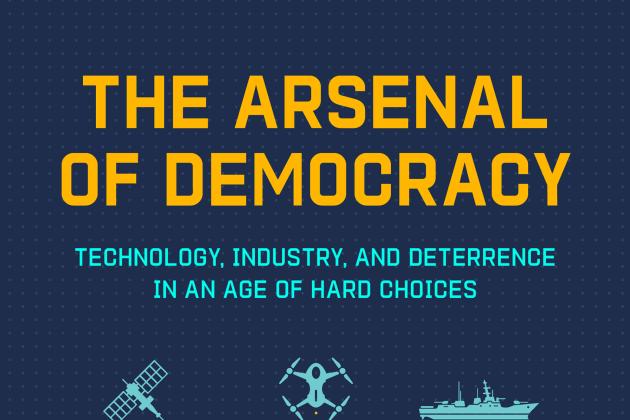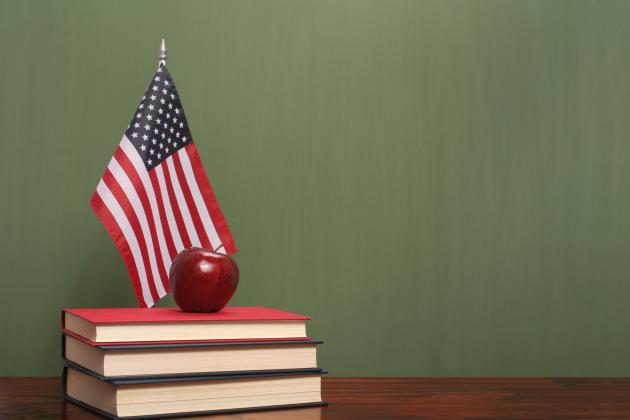PARTICIPANTS
David Brady, Mo Fiorina, Peter Berkowitz, Michael Bordo, John Cochrane, Niall Ferguson, Joe Grundfest, John Gunn, Nate Hilger, Jim Hoagland, Laurie Hodrick, Nick Hope, Dan Kessler, Stephen Langlois, Michael McFaul, Allan Meltzer, Henry Miller, Terry Moe, Joe Newhouse, Paul Peterson, Charles Plosser, John Raisian, Josh Rauh, Greg Rosston, Amit Seru, George Shultz, John Taylor
ISSUES DISCUSSED (summary by) John Cochrane
Morris Fiorina, senior Fellow at the Hoover Institution and Wendt Family Professor of Political Science at Stanford University, and David Brady, Davies Family Senior Fellow at the Hoover Institution and Bowen H. and Janice Arthur McCoy Professor of Political Science in the Stanford Graduate School of Business, discussed the 2016 elections.
Fiorina led off with a detailed fact-packed overview of recent trends in American electoral politics, giving context to the 2016 election.
The last 25 years have been an unusual era of unstable majorities in American politics. Historically one or the other party would dominate, at least in one of the house, senate, or Presidency, and elections would be won with sizeable margins. Flip-flops in all three have become more common, very narrow presidential majorities more common, and split popular/electoral college results more common.
The parties have become more ideological, more unified, and more extreme, somewhat like the ideological parties of 20th century Europe. There are fewer liberal or moderate Republican politicians, and fewer conservative or moderate Democrat politicians. There is less disagreement on policy positions within parties – fewer Democrat hawks, fewer Republican social liberals.
Yet the electorate has become neither more polarized nor more partisan. On “liberal,” “moderate” or “conservative,” there is essentially no change since the early 1970s – only a very slight (2-3 percentage point) rise in conservative and decline in liberal starting in the mid 1980s, with no change in the majority, 40% “moderate.” The big change is the large increase, from 22% to 40%, of voters describing themselves as “independent,” mostly at the expense of Democrats. On issues, centrists still dominate among voters.
There was a good discussion of the source of this trend among parties but not among voters. One factor mentioned is that people increasingly live among people of their own views. Rather than each town have Democrats and Republicans, towns and congressional districts are now much more uniformly one or the other.
The problem with European-Style parties in the US is, that we only have two of them. European parties can form on ideological bases and then form governing coalitions. Coalitions have to be formed inside US parties, and that historically led to parties that were less ideological and more “big tents,” coalitions inside which issues could be negotiated.
Trump’s victory may then be in part because there is so much uncertainty about just what he stands for. Fiorina illustrated with the axis of Cautious vs. Aggressive foreign policy, Government vs. Market economic policy and permissive vs. traditional social policy. The Democratic party is now strongly on one extreme, CGP. The Republican party is now strongly on the other, AMT. Unlike Europe there are no parties with different combinations, and unlike the historical US, other views have more trouble inside the parties. Most people are distributed in between, and report that the existing parties do not represent their views reasonably well. Fiorina made the case that since nobody really knows where Mr. Trump stands, more people can hope he stands for their particular policy preferences.
Not only are the majorities unstable, but they overreach. In power, they quickly attempt to implement base priorities. With no buy-in from the other party, they ram it through without much support. The electorate reacts by changing parties quickly. Hence ideology leads to instability.
Some discussion ensued. One might think that two closely matched parties would, in classic median-voter way, move toward the middle, rather than the ideological extreme. Discussion followed about why that wasn’t happening. Related, why doesn’t the new party just undo everything the old party did, and why doesn’t the old party moderate its actions knowing this will happen. The main answer seems to be the stickiness of American law policy and regulation. A new policy, even if passed with the slimmest majority and questionable constitutional basis, soon becomes entrenched. The obvious Obamacare case was discussed a bit.
Fiorina showed that the marginal members of electoral majorities have become more and more the independents. Again, we have the puzzle that parties are becoming more extreme and ideological, while the voters that they must attract to win are more those in the middle.
With this background, Fiorina offered some thoughts on the Trump victory.
The facts belie the common charge of racism, misogyny, xenophobia. This interpretation is not borne out by the facts – and the kind of disdain for voters that in fact does seem to be a big part of the election. Facts: the margin was incredibly narrow. Had 0.006% of the electorate gone a different way, the same voices would be saying the opposite. People who voted for Mr. Trump did so despite having a more favorable opinion of Mrs. Clinton (43/38%), felt her better qualified (52/38%), honest and trustworthy (36/35%) and having a better temperament (55/35%). But they felt overwhelmingly that Trump would “bring needed change” (83%/14%). That was the issue – emphasizing the ideological overreach/voter reaction story.
General discontent and specific issues (immigration) do not really show up in polling. The main theme that rings is general anti-elitism, economic, political cultural, and media.
The same patterns are happening abroad, in the rising support for populist parties in western Europe.
A good deal discussion followed on the broader context – Globalization, Economic Transformation, Population Movement, Mass Immigration, Rising Inequality. There is an interesting parallel to the end of the 19th century, brought up in detail by Niall Ferguson. Populist movements never gained power, but most of their agenda was influential. That moment led eventually to the rise of progressivism. With progressivism now a spent force, we were left speculating just where the current moment would lead.
David Brady followed with a detailed analysis of this year’s election (and a bit of why did everyone get it so wrong!).
Dissatisfaction with government is on a rise across all parties. From 2000 to 2016, the fraction of voters believing that the government is run for the benefit of all has collapsed, from 55% (republicans) and 30-40% (Democrat, independent) to 10% in all cases. The percent that thinks the government doesn’t care about people like them has risen to 60%. “Officials are crooked”, “government run for a few big interests” all show sharp rises, and similar answers across party lines.
Both Brady and Fiorina reminded us just how unliked both candidates were, with unfavorable ratings never before seen. Supporting Fiorina’s point, much of Sanders’ support came from independents, not democrats.
The key to the campaign is the rise of Trump. People who felt their personal finances were worse (though often that was objectively untrue, revealed by polling of their income) switched their allegiance to Trump by an overwhelming 41% to less than 5% for any of the others, over the summer. Trump’s “wall” immigration speech proved a crucial moment, with candidates who believe immigration a very important issue also jumping overwhelmingly to Trump.
A long discussion followed (which continued past the workshop). People voting for Trump typically do not live where there are many immigrants. The attitudes towards immigrants also changed dramatically over the summer. Are trade and immigration really economic issues or cultural issues? Are voters dreaming this up on their own, or do leaders pick issues and voters follow?
Why did the models do so badly? Brady showed us the steady deterioration in the Fair model, based on economics and the “bread and peace indicator.” In a fascinating graph, Brady showed the evolution of “do you think the economy is betting better or worse” split by party. 40% of democrats report “better” at times when 5% of republicans do so. Clearly the perception of the economy is sometimes different from its reality, and Brady chalked some deterioration in model predictions to that fact. In words, it’s bad but not as bad as you think. (We discussed a bit the fact that some republican-voting regions are doing badly and some democrat-voting regions are doing much better.)
Brady showed that cross-party voting is going down, yet the share of independents is rising continually. Again, parties are getting more ideological, and elections are won and lost by attracting independents. Watching support for Trump vs. Clinton over time, it is dramatically clear that it was independents who changed their minds and swung the race.
Brady analyzed turnout – low turnout in counties that voted for Obama and stronger turnout in those that voted for Romney was a big part of the result in the key electoral college states. As Allan Meltzer summarized it, Pennsylvania depends on turnout in Philadelphia vs. the rest of the state.
Why did polls miss? The undecided. Johnson and non-voters switched to Trump quite late. Turnout estimates were wrong. The effects were concentrated in a very few battleground states where very small state-level errors led to big electoral college errors. A big error: most polls assumed that errors were uncorrelated across states, leading to much too high measures of confidence. In fact errors were correlated across states. Nonetheless, Brady concluded, most polls were in fact within their margins of error – it was just a very close election.









